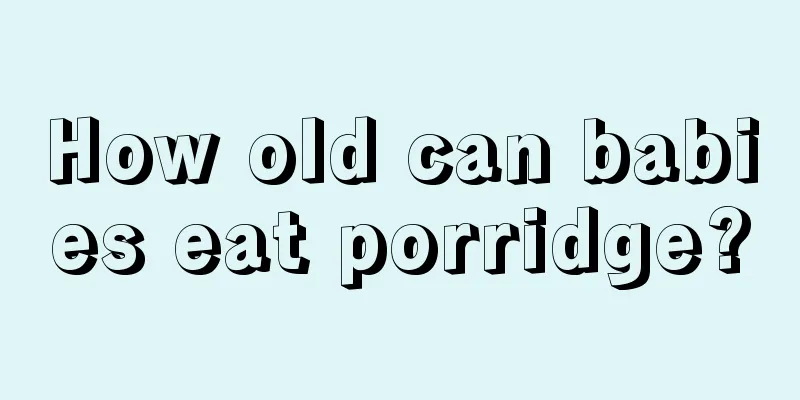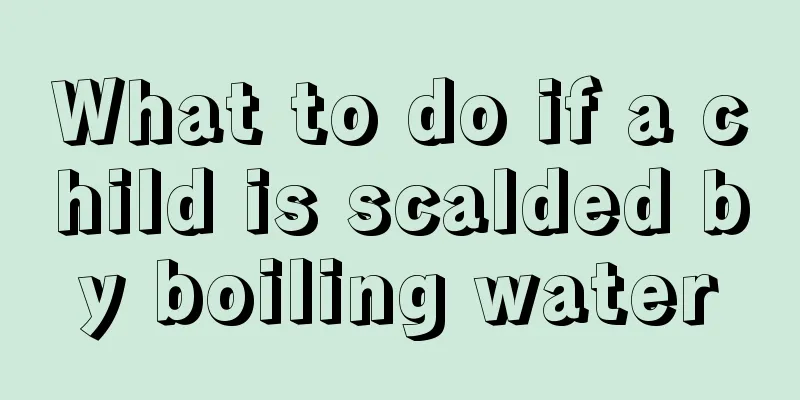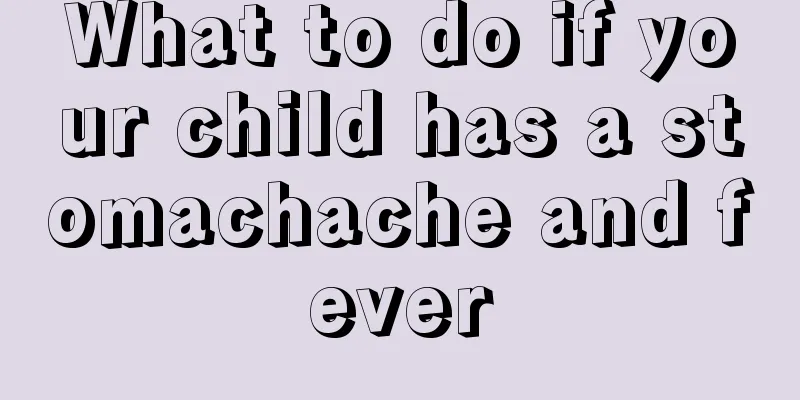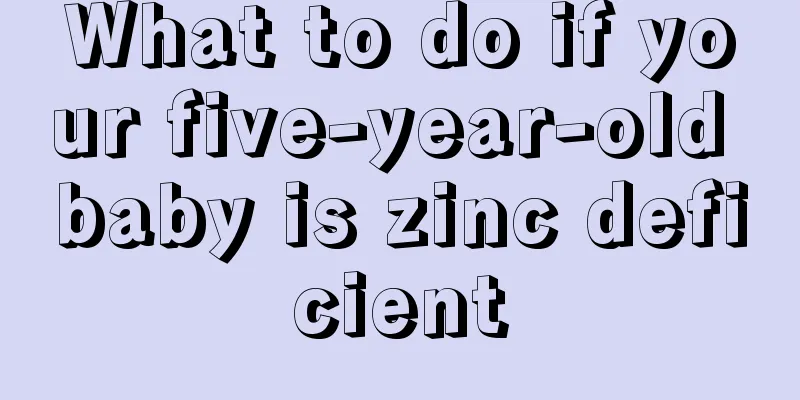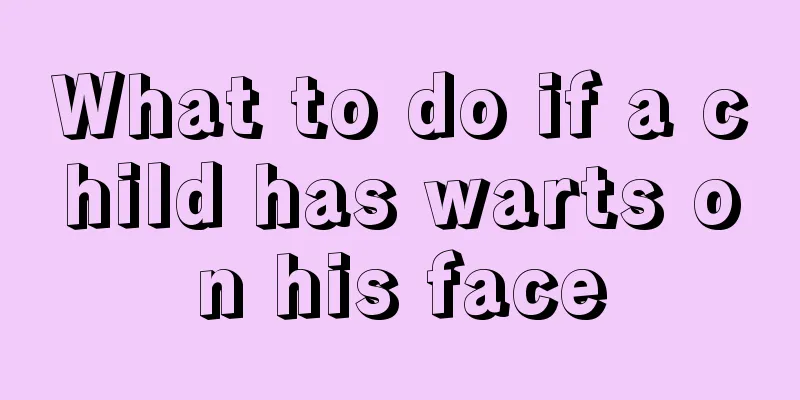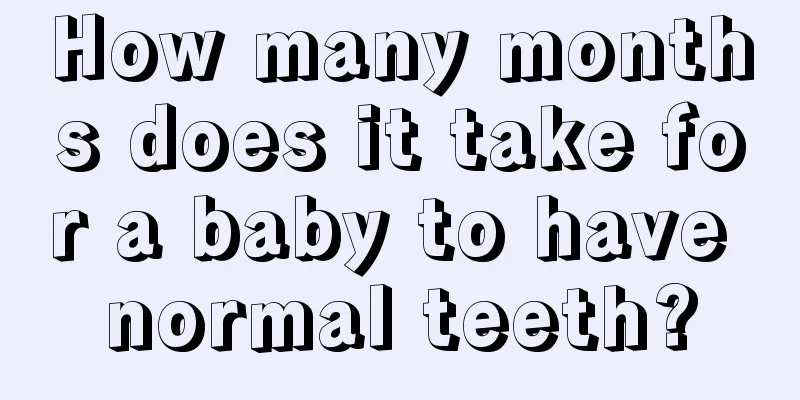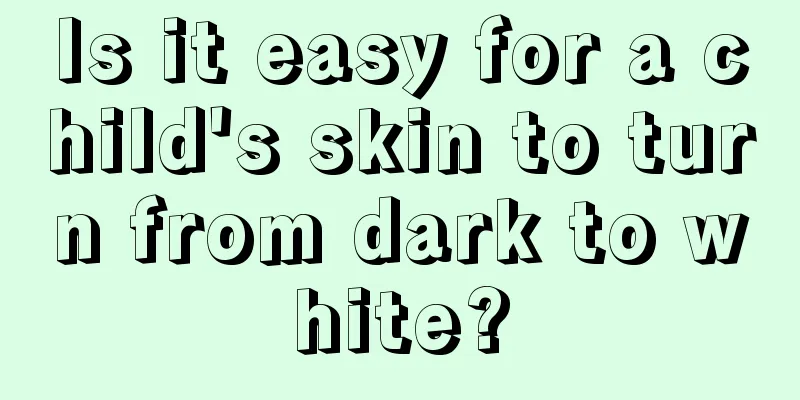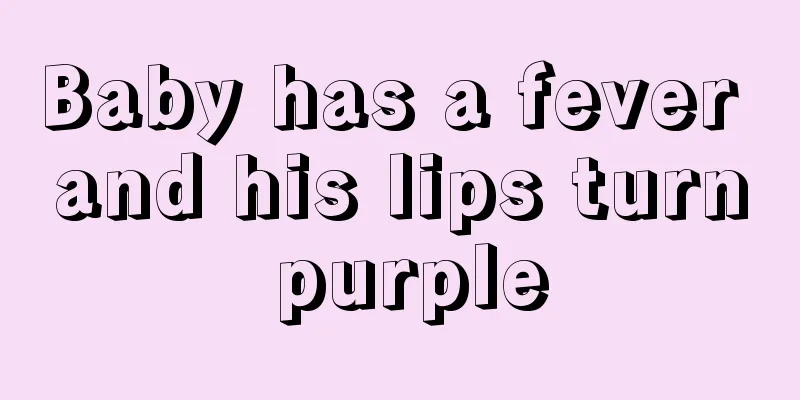What to do if your child has convulsions
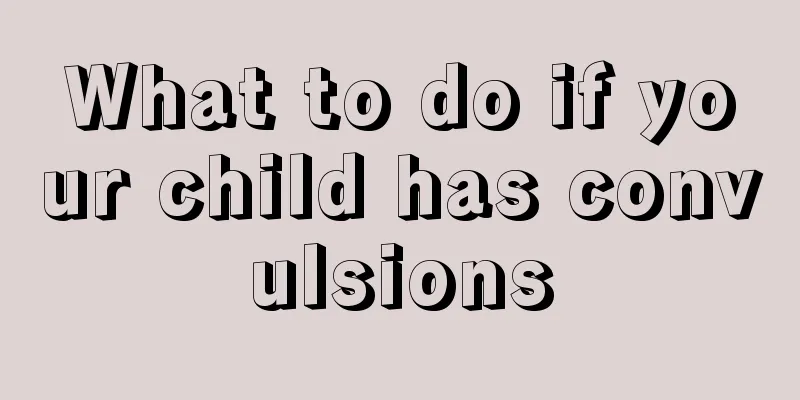
|
Many parents will find that their children have convulsions. There are many reasons for convulsions, which may be caused by high fever convulsions, symptoms of epilepsy, or electrolyte disorders in the human body. When a child has convulsions, special attention needs to be paid and timely measures should be taken to deal with it. Here is what to do if a child has convulsions. The main causes of children's convulsions: febrile convulsions, epilepsy, electrolyte imbalance, etc. Febrile convulsions are the most common cause of convulsions. Generally, some patients have a family history, that is, their parents had convulsions when they had a high fever when they were young, and their children are often likely to have convulsions as well. Another part of patients may have no family history. Febrile convulsions (mostly simple type) often occur on the first day of high fever, that is, within 24 hours of fever. When the body temperature rises suddenly, if the parents are unaware that the child has a fever, or if they know that the child has a fever and have taken antipyretics but do not use physical cooling methods, but are instead afraid that the child will catch a cold, they cover the child tightly with clothes and quilts. In this case, some children will have convulsions, which manifest as loss of consciousness, twitching of the limbs, clenched jaws, purple lips, etc. Some children may have incontinence, but the convulsions usually last for a few minutes and the children will stop on their own. Emergency treatment for convulsions in general hospitals: use a tongue depressor or other object to protect the tongue and avoid tongue bite; inhale an appropriate amount of oxygen, measure body temperature (rectal temperature is recommended), and use antispasmodic drugs such as Luminal. Complete laboratory tests to clarify the cause of the convulsion, such as head CT to exclude intracranial space-occupying lesions, electroencephalogram 10-14 days after the onset of the convulsion, and blood routine examination, electrolytes, etc. according to the characteristics of the primary disease. Points for families to note: Generally, febrile convulsions are more common in the simple type, that is, one fever process only occurs once, and often occurs within 24 hours at the beginning of the fever. As long as parents monitor their children carefully on the first day, after the body temperature steadily rises, convulsions rarely occur, and the attack time is often during chills (a period of rapid temperature rise). Some children may complain of being cold. When parents hear their children crying for cold, see or touch their children's cold hands and feet, they habitually cover their children with quilts or put on more clothes, close doors and windows, etc., and the body temperature often rises sharply. Because before the age of 6, the child's brain is not well developed, and the regulatory function of the cerebral cortex is not perfect, convulsions will occur. |
<<: Exercises that help children grow taller
>>: Children with Henoch-Schonlein Purpura
Recommend
What to do if your baby eats crayons
Children's growth requires education from the...
What should I do if my baby has horse teeth?
When talking about horse teeth, everyone will qui...
100-day-old baby's head is not stable
For couples who have just become parents, they wi...
What are the pros and cons of sucking pacifiers for children
In fact, many parents nowadays are always worried...
Ten-month-old baby has a viral fever
Before the age of three, babies usually have weak...
How long does it take for baby's pillow baldness to heal?
We will find that many children have very less ha...
What is causing children’s gray hair?
Speaking of white hair, many people will think of...
What is the first aid method for babies with fever and convulsions?
Fever is not a strange disease in life. On the co...
What should I do if my baby has eye mucus?
I believe everyone knows what a baby is. If there...
What to do with depression in high school students
High school students are more likely to suffer fr...
Parents, please pay attention to the things you need to pay attention to when your baby is swimming!
Parents often take their babies swimming, which h...
Can baby eczema heal on its own?
Babies often suffer from eczema, which is a commo...
What are the symptoms of intussusception in children?
Intussusception is a very common acute abdominal ...
Baby Food Encyclopedia
For babies who have just been born, we must pay s...
What is the cause of protein 2 in children's urine
When a child has this condition, parents must go ...
